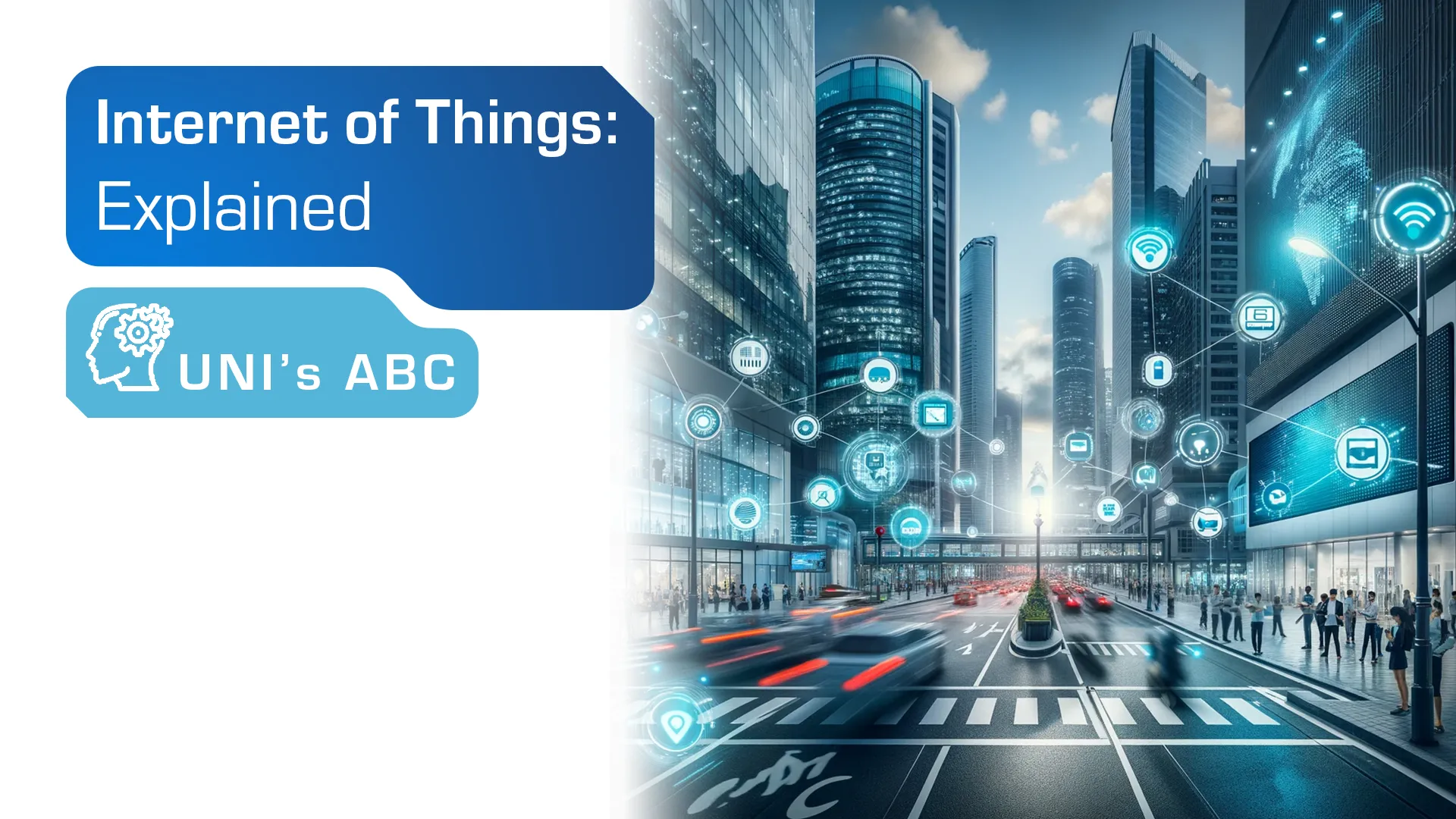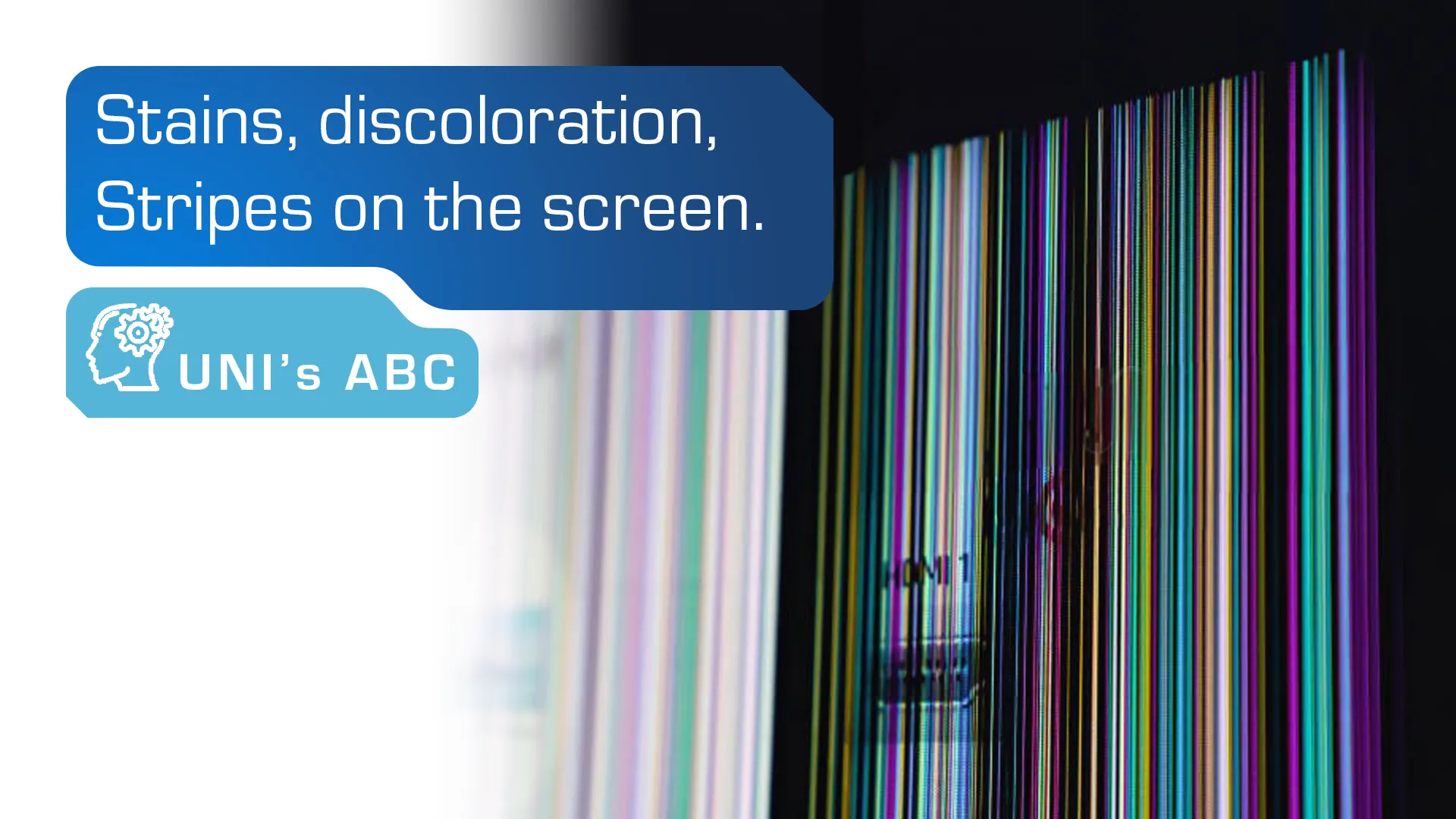
There are many articles describing the unique features and advantages of e-paper displays. You’re probably already familiar with them, but are you sure you’re really familiar with EPD (Electronic Paper Display) technology?
Table of Contents
First, you should realize that EPD displays are not an end product, but only a component. When working on a system that includes an e-paper module, there are several facts to keep in mind.
Visibility
You should keep in mind that the EPD displays are designed to mimic an ordinary sheet of paper. For this reason, outdoor lighting is needed to read the displayed content at night.

What about the colors?
It is possible to use a 31.2″ color module that displays 4096 colors. In applications where e-paper is to replace ordinary, traditional paper, it is perfectly adequate.
You can also find FPL on sale with additional pigment: yellow or red. In this configuration, you get a display with three colors: white, black and red or yellow. The additional color is perfect for highlighting the most important parts of the displayed content, such as prices or discounts.
Otherwise, you can choose one of the models from E Ink’s wide range of black and white displays.
Controllers
The basic thing is to choose the right controller to control the EPD display. There are two solutions: using an off-the-shelf platform or a more flexible version, the low-voltage TCON. The appropriate option is chosen depending on the application.
If you would like to install several thousand displays in a short period of time and don’t have time to develop your own host, the simplest and fastest solution is to choose an off-the-shelf platform. This option is distinguished by easy configuration, a CMS for managing the displayed content via a website, and two types of connections: 3G and WiFi. You may also need cloud hosting to store your displayed content, fortunately this is not problematic.
The second option requires a bit more work. You will need to use the SPI interface, so your own local host is a must. On the other hand, you will be able to significantly reduce energy consumption and design the whole device the way you want.

Energy consumption
In general, this is a very complex issue. As you surely know, EPD modules are bistable and their main advantage is low power consumption, but you should consider the whole system. The most energy is spent on the operation of the controller (i.e., the j.c.). The level of power consumption also depends on the type of communication protocol, local host. Outdoor lighting and the heating system are also factors to consider.
If you plan to use external batteries instead of a permanent power source, you need to take extra care when designing the entire system.
Housing
Another important consideration is a suitable housing and front glass. The ideal solution would be optical bonding of glass to e-paper. EPD displays are extremely thin, and the entire structure is strengthened by this design. Choosing the right front glass should also be done in terms of selecting the right filters. For example, if you are developing an outdoor solution, adding a UV filter is a must-have item.
You also need to be aware that EPD displays are very sensitive to moisture, so for outdoor applications the housing must be extremely tight.
Low temperatures
At low temperatures, the density of the liquid in which the e-capsules are immersed increases. This can cause problems with refreshing and changing the displayed content. If there is no need to change, the displayed information remains in place. If changes are needed, you may want to consider adding a heating system to the module.

MTBF (Mean Time Between Failures)
The MTBF parameter indicates the average time, expressed in hours, during which the device works properly. MTBF is, of course, dependent on how the EPD is used. If you take into account all the factors described above, you can assume that you will change or refresh the content of 8,000,000 without any problems.
Let’s use a little math – if you change the content every 10 seconds for 8 hours a day, you get 8 years of continuous operation. However, you are more likely to change the content less frequently, say every minute for 8 hours a day which will allow 48 years of continuous operation.
TCO (total cost of ownership)
Let us share some estimates:
- 1 set with 32″ display, operating for 16 hours a day for 1 year
- Images on the EPD display update every hour, and the image update itself takes 1 second
- Power consumption of the information display system with 32″ LCD display is 145 W (outdoor version, model: Hyundai IBT, H325SSI)
- Energy consumption of the system for displaying information with a 32″ EPD display (outdoor/indoor version) is 23.7 watts for updating content (including the control panel), and maintaining a constant image is 1.3 watts (energy needed to power the controller)
- CO2 conversion: 1kWh = 1.5 lbs of CO2 emissions (source: www.epa.gov)
- Total energy consumption (1 day, operation for 16 hours)
- LCD: 2.3 kWh
- EPD: 0.02 kWh
- Total energy consumption (1 year, 16 hours per day)
- LCD: 846.8 kWh
- EPD: 7.6 kWh
More than 111 times higher energy savings in favor of EPD.
EPD technology is not as easy to apply as LCD, it is a far more complex process.
Unisystem, a business partner of the world’s largest manufacturer of e-paper displays, E Ink, is eager to help implement the application at every stage of your project. By sharing our know-how, we can ensure that with our help the system will be developed according to your expectations.
We invite you to contact us and learn more about our offer .
2018-03-01
Recent Knowledge

Internet of things, what it is and examples of industrial applications
The Internet of Things (IoT) is one of the most promising and rapidly developing technologies of recent years. Its application in business brings great opportunities to optimize processes, reduce costs […]

Stains, discoloration, stripes on the screen – how to identify and repair defects in industrial displays?
The dark spot on the iPhone screen, the black spot on the TV, the colored spots on the phone screen, the yellow spot on the display … Problems with screens […]

Basic electronic components in industry – a guide for beginners
Electronics has played an extremely important role in all branches of modern industry for many years. It allows automation of production processes, precise control of machines and equipment, collection and […]

Optoelectronics – basic information and example applications
Optoelectronics is the branch of electronics that deals with the conversion of electricity into light and light into electricity using semiconductor materials called semiconductors. Semiconductors are crystalline solid materials with […]



